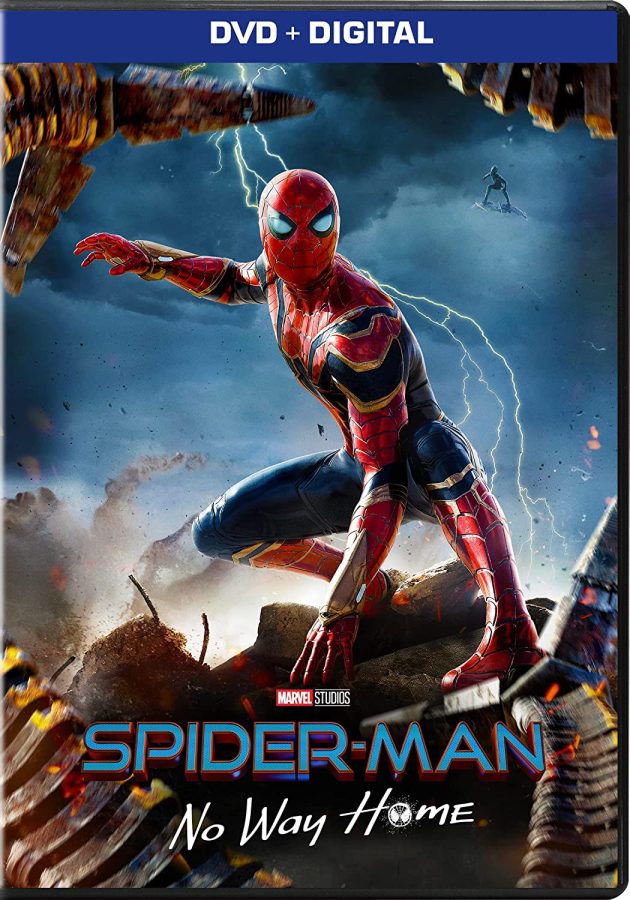Movie Review: Spider-man No Way Home
Spider-Man: No Way Home is a stupidly fun time with a surprising amount of emotional weight.
Directed by Jon Watts once again, No Way Home picks up right where Far From Home (2019) left off. With Spider-Man’s identity revealed, Peter Parker (Tom Holland) suffers the consequences. In search of help, Parker turns to Doctor Strange (Benedict Cumberbatch), which only makes things worse. Villains from other worlds creep through into Parker’s life, forcing him to learn what being Spider-Man truly means.
Right off the bat, No Way Home consists of an ambitious array of foes for Spider-Man to challenge, all of whom we’ve seen before: Sandman (Thomas Haden Church), the Lizard (Rhys Ifans), and Electro (Jaime Foxx) to name a few. However, the two that really stole the show in my opinion were Willem Dafoe’s Green Goblin and Alfred Molina’s Doctor Octopus from Sam Raimi’s iconic first two Spider-Man films. Molina’s Doc Ock has always been my favorite on-screen Marvel villain, particularly for his perfect balance of intimidation and sympathy, and he absolutely knocks it out of the park here. While I’ve always loved Dafoe as the Goblin, I was not prepared for him to be the absolute highlight of the film. He chews the scenery to such a degree that it, unfortunately, hinders the other villains’ performances.
Although the villains appear to be the most ambitious aspect of No Way Home, nothing screamed “fan fest” louder than Tobey Maguire and Andrew Garfield’s crowd-cheering appearances in the film. Despite all skepticism, I was so impressed with how much screen time was dedicated to fleshing out the two characters. They are used, not as properties, but as idols from Holland’s Parker to live up to. One of my favorite scenes is when the three Spider-Men are on a rooftop, discussing their problems – the inherent upbringing that caused them to become Spider-Man. Their dynamic is by far the most human aspect of the film for me and leads me to my favorite aspect of No Way Home: Peter Parker’s growth.
I always liked Tom Holland’s Peter Parker, but No Way Home features him at his absolute best as the character. His actions make sense, his motivations make sense, and he faces the consequences of his actions in an emotionally powerful and satisfying way. Aunt May’s (Marisa Tomei) death wasn’t done out of shock value; rather, it serves as an anchor for Spider-Man’s defining characteristic: responsibility.
I could go on and on talking about the lack of personality or a style of all of the MCU’s output, but I’ve come to accept the fact that these films aren’t meant to be artistic visions like Raimi’s original films were; they’re gigantic production-infused fan fests, which isn’t a bad thing. I personally just would’ve loved to have seen a version of No Way Home that wasn’t as narratively sprawling, messy, computer-generated, or rushed as what we got; although, Jon Watts does shine where it counts, be it through creative camerawork or the film’s clever and subtle usage of Danny Elfman’s original music.
Ever since Spider-Man: Homecoming (2017), Holland’s Peter has been young, in over his head, and completely irresponsible. He hadn’t yet learned the great responsibility that came with his great power, but by the end of No Way Home, he finally grows into the Spider-Man we know and love and I couldn’t be happier with the payoff and am excited for the future.



